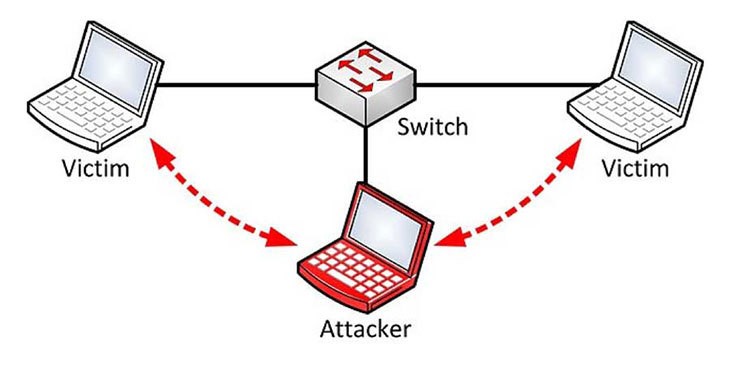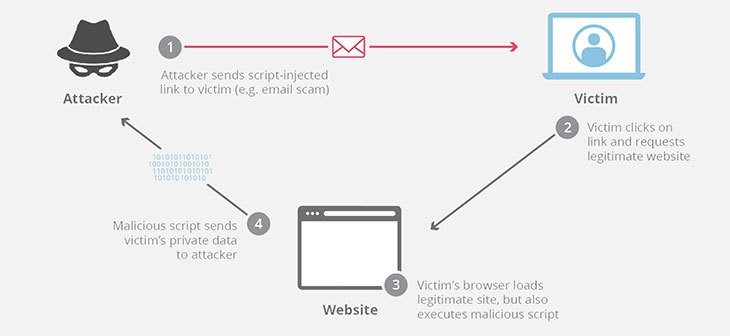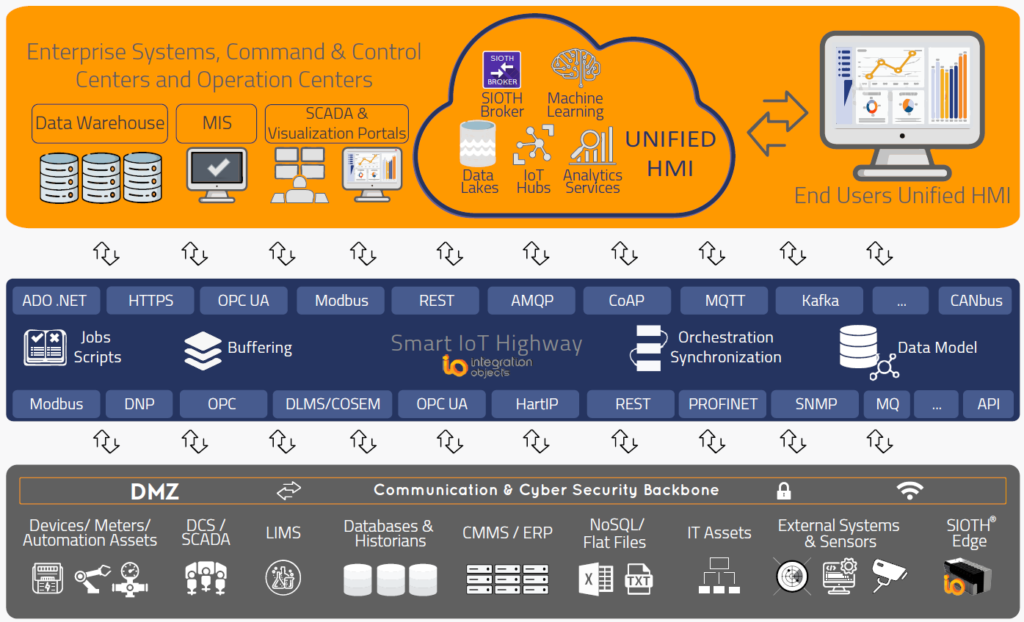Industrial cybersecurity requirements are paramount as more industrial enterprises plan and implement IT-OT integration. A cyber-attack is an action designed to target a computer or any element of a computerized information system to change, destroy or steal data and exploit or harm a network. According to a study conducted by Cisco on cybersecurity, attackers can launch campaigns without human intervention with the advent of network-based ransomware worms.
The most common category of cyberattacks is nation-state attacks that usually target critical infrastructures because they have an immense negative impact on a nation when compromised. An example of such an incident is the Colonial Pipeline attack. DarkSide, a Russian cybercriminal group, infected I.T. systems for Colonial Pipeline with ransomware, disrupting operations. To resume critical gasoline supply to the northeast U.S., Colonial had to pay the hackers a $4.4 million ransom for a decryption key.
But before addressing strategies and best practices for implementing a comprehensive industrial cybersecurity strategy, it helps to understand the different attack vectors a malicious actor might try to cause harm.
Let us walk through some of the most common attacks seen today.
Top common types of cybersecurity attacks
· Malware attacks
Malware is a term used to describe malicious software such as spyware, ransomware, viruses, and worms. Malware breaches a network through a vulnerability, for instance, when a user clicks a malicious email attachment or installs risky software. Once the malware is on your computer, it can wreak havoc, from taking control of your machine to monitoring your actions and even silently sending all sorts of confidential data from your network to the attacker’s home base.
Therefore, in addition to using firewalls that can detect malware, a user should be educated on the types of software to avoid, the links to verify, and the emails and attachments to avoid altogether.
· Man-in-the-middle (MITM) attacks
Man-in-the-middle (MITM) occurs when an attacker intercepts a two-party transaction, inserting themselves in the middle. Here, the attacker is monitoring the interaction between the two parties. From there, cyber attackers can steal and manipulate data by interrupting traffic. In a MITM attack, the two parties are unaware that their communications have been compromised, and are attacker illicitly modifies or accesses the message before it reaches its destination.

· Cross-site scripting (XSS)
With XSS, the attack involves injecting malicious code into a website using clickable content that gets to the target’s browser. When the victim clicks on the content, the script is executed, and the malicious code goes after the visitor directly, not the website. Usually, this malicious code consists of JavaScript code executed by the victim’s browser but can include Flash, HTML, and XSS. An XSS attack may, for instance, change the parameters of a transfer request sent through an online banking application, such as the name or the amount of money initially intended to be sent.

· SQL injections attack
Structured Query language (SQL) is a programming language used to communicate with databases. Many servers that store critical data for websites and services use SQL to manage the data in their database. An SQL injection targets this kind of server. A compromise occurs when an attacker inserts malicious code into a server that uses SQL and forces the server to reveal information it usually would not. Cyber-attacks seek high-value information, like confidential information, credit card numbers, usernames, passwords, and any other personally identifiable information.
· Denial-of-service (DOS) attack
Denial of service (DoS) occurs when legitimate users are unable to access information systems, devices, or other network resources due to the actions of a malicious cyber threat actor as it exhausts resources and bandwidth. As a result, the system cannot process and fulfill legitimate requests. There are also distributed denial-of-service (DDoS) attacks launched from several infected host machines to achieve service denial and take a system offline, thus paving the way for another attack to enter the network/environment.
· Phishing
Phishing attacks are widespread and consist of sending mass amounts of fraudulent emails that appear to come from a reputable source to unsuspecting users.
The goal is to access the user’s device to control it, install malicious scripts/files, or steal sensitive data like credit cards and login and financial information. Phishers usually leverage social engineering and other public information sources to collect info about your work, interest, and activities, thus giving attackers an edge in convincing you they are not who they say.
How to tackle these industrial cybersecurity threats and protect your business?
At a minimum, successful industrial cyberattacks have harmful impacts on businesses but may jeopardize life and property in industrial settings. Such attacks can lead to huge losses of sensitive data and the selling of personal details on the dark web, not to mention the substantial regulatory, financial, legal, and reputational impact of breaches. In 2016, DDoS attacks took down PayPal and Twitter.
It is especially critical in the case of IT-OT integration that security practices and new technology provide an insulating security layer to block threats, report abnormal conditions, and enable real-time monitoring and management of critical facilities. The cybersecurity community is busy developing technology and strategies to counter such challenges.
· Educate your employees
According to the 2022 Ponemon Cost of Insider Threats Global report, 62% of all insider data breaches were caused by employee errors or negligence. A sure way to deal with such negligence and mistakes is to educate your employees about phishing frauds and avoid email attachments from unknown senders. Further, talk to them about their role in securing and protecting the information of their colleagues, customers, and the company. You may also set policies in place, enforce strong security practices so they know what is acceptable and what is not, and limit the number of users with administrative access, thus minimizing the risks of downloading viruses and malicious software.
By employing a people-centric approach, you will mitigate industrial cybersecurity threats and put up a more robust defense of your I.T. and O.T. infrastructure.
· Adopt sophisticated cybersecurity software
In addition to a people-centric approach, a complementary technology portfolio is crucial to tackling all types of cyber threats.
A good practice is continuous monitoring for data exposures. Integration Objects has developed the Smart IoT Highway (SIOTH) to enable secure IT-OT integration.
SIOTH is a highly secure and scalable integration platform that supports several protocols for simultaneous data collection from multiple data sources. SIOTH enables real-time data collection while continuously monitoring physical assets and generating intrusion notifications.
Having the right knowledge and solutions can help reinforce safe online behavior among staff and address your company’s vulnerability points.

If you want to enhance your corporate security or just learn more about secure IT-OT integration, contact one of our security experts. They will be happy to assess your needs and walk you through securing your company.



